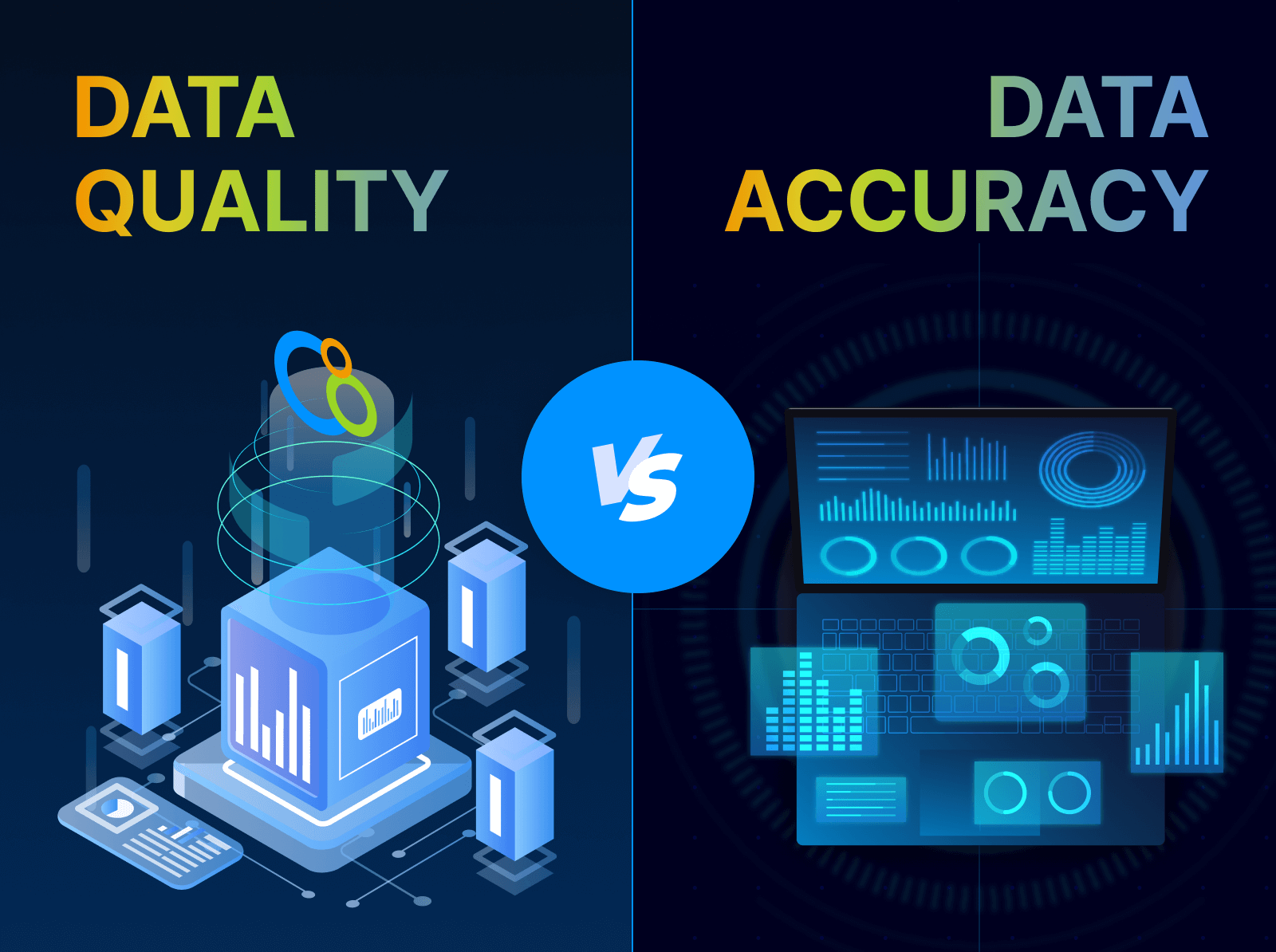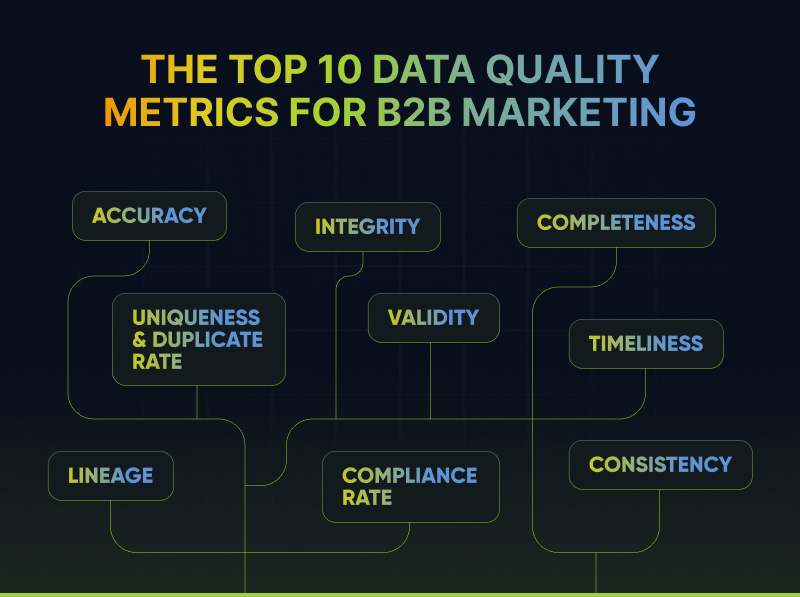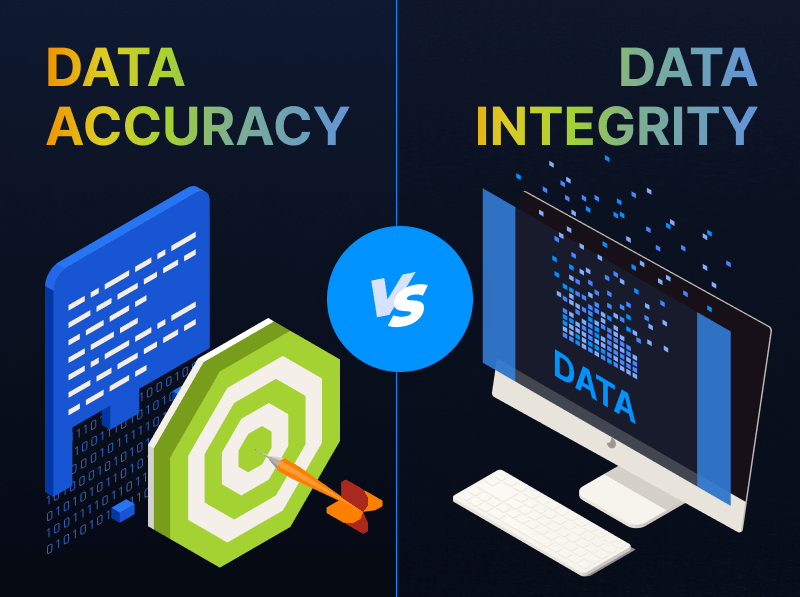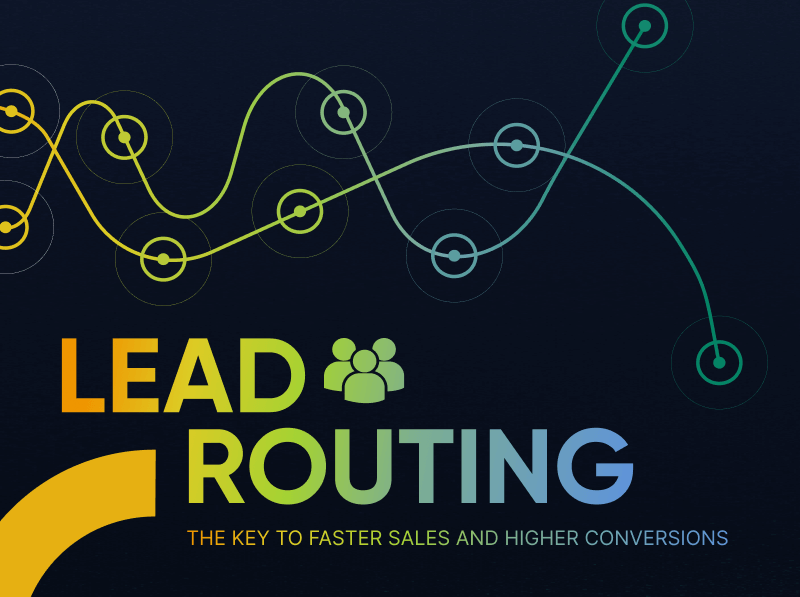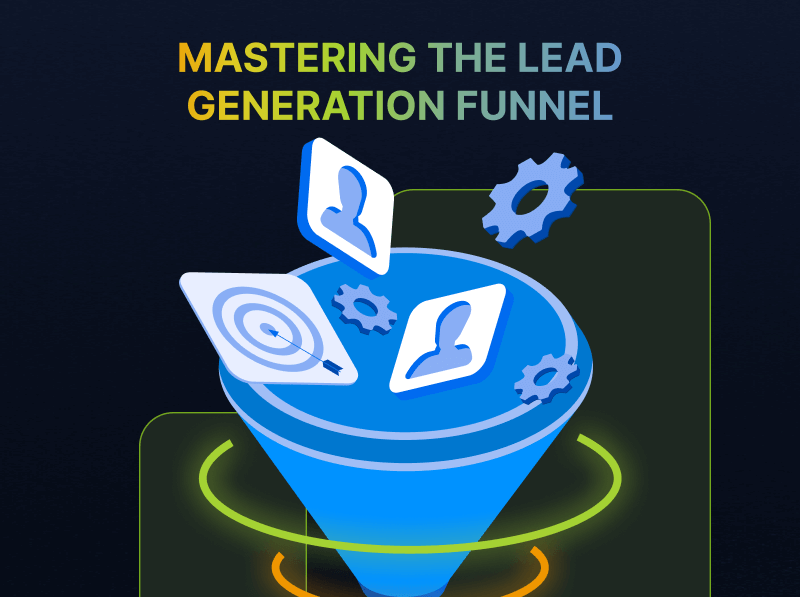How To Measure Account-Based Marketing In 7 Easy Steps
In many ways, account-based marketing (ABM) has more in common with art than science. Success in ABM requires a great deal of personalized outreach, and because ABM is centered around human relationships, it can be challenging to measure the returns on account-based marketing campaigns.
B2B marketers can’t only rely on quarterly revenue reports to measure the success of ABM efforts. Instead, we must shift to new methods of success measurement to deliver accurate projections and scalable results to stakeholders within our organizations. Brandon Redlinger, Director of Growth at Engagio, says,
“Since ABM is a fundamentally different approach, it requires different metrics – metrics that provide an account-centric lens to your measurement.”
The implementation of any account-based marketing plan requires new tools for measuring readiness, progress, responsibilities and other aspects of ABM success. To capture ABM wins and achieve continual improvements, it’s best to measure campaigns using dynamic methods.
7 Steps to Measure Account-Based Marketing
Step 1: Assess ABM Readiness
According to Altera Group research, 97% of B2B marketers report ABM drives higher ROI than other marketing activities. While improved revenue is an attractive outcome, there are numerous benefits beyond account-based marketing vanity metrics.
The lesser-known benefits of ABM adoption can include:
- Better sales team utilization
- Less time spent processing leads (and other inefficient tasks)
- Improved company morale
- Decreased customer turnover rates
- Stronger sales/marketing alignment
While quantifiable outcomes are likely to appeal to every B2B organization, it doesn’t mean your company should adopt an ABM strategy without first determining whether it makes sense for your organization’s business model and resources. Use a worksheet to score organizational readiness across all relevant factors, including whether your product, services, customers and sales cycles are strong candidates for an ABM strategy.
Other factors to consider are the organizational capacity to create targeted content and leadership buy-in.
Step 2: Create Monthly and Weekly ABM Progress Metrics
Achieving ABM success requires a clear strategy for pipeline, lead and contact volume to meet quarterly or annual sales goals. Create specific, measurable and attainable goals for tracking progress by building a worksheet that breaks down revenue targets into lead or contact volume goals based on close-won percentages.
Update your lead-opportunity-close goal model worksheet on a monthly or quarterly basis. By implementing a spreadsheet-based model for calculating progress against revenue targets, you’ll enable your organization to continuously pivot your ABM strategy to reach and exceed your goals.
Based on monthly progress targets calculated in the last worksheet, create ABM metrics for expected weekly progress. Tracking weekly attainments and opportunities can provide robust data for sales/marketing conversations and give your marketing team the intelligence needed to perform in-flight ABM campaign optimization.
In the spreadsheet for creating weekly progress metrics, track opportunities created, live conversations and sales-qualified opportunities. When used in conjunction with quarterly and annual metrics, weekly progress goals can allow B2B marketing teams to remain in control of ABM revenue success.
Step 3: Establish ABM Team Roles and Responsibilities
If your team is new to ABM or formalizing sales-marketing alignment efforts, you should document process ownership by team or individual. Additionally, update ABM roles and responsibilities to reflect changes in strategy, introduction of new technologies and implementation of account-based marketing plans.
ABM adoption requires cross-functional collaboration, so it is no surprise that it also creates a significant cultural shift for many B2B organizations. To mitigate confusion among teams, create a living document that serves as a quick overview of responsibilities and ABM-related processes. Share it with marketing, sales and customer success teams.
Step 4: Assess Account & Persona Development
ABM is human-focused, and therefore requires the creation and maintenance of ideal customer profiles (ICP) for each target account vertical. It’s also necessary to regularly update your buyer persona profiles, which will enable you to better target specific decision-makers within your target accounts.
For fast insight into your ideal customers, track personas in a worksheet. Ideally, insight into your target accounts and account decision-makers should come from a variety of qualitative and quantitative sources, including sales reps, CRM, MAP, predictive analytics, intent data providers and other analytics tools and service providers.
Begin by defining types of target accounts and proceed to determine motivations, pain points and a relevant value proposition to shape messaging for each role.
Step 5: Track Account Planning and Lead-Account Mapping
Tracking progress on target accounts requires agility in B2B marketing and sales organizations. Use worksheets to track engagement and account/contact data on every targeted account. Record potential revenue opportunities and account contacts details in your CRM to gain a comprehensive view of the sales pipeline.
Account planning and lead-to-account mapping worksheets are not meant to replace your CRM data. Instead, these worksheets enhance CRM insights by serving as a resource for sales/marketing meetings. Additionally, worksheets capture insights that aren’t always efficiently reflected in your CRM, like customer relationships and referrals.
Step 6: Catalog Content Assets by ICP, Personas and ABM Funnel Stage
The savviest B2B marketers have mastered the art of repurposing and recycling content to fill the ABM pipeline with highly targeted resources that are relevant to each ICP and decision-maker persona. At the onset of each ABM strategy, it’s valuable to record existing and planned content assets to ensure coverage across all targeted organization types and job roles.
To learn more, we recommend Six Ways to Repurpose Marketing Content.
Tracking content asset by account type, buyer type, buyer’s journey stage and other criteria can be dynamically executed in a spreadsheet-based worksheet. Include titles for quick reference, and customize each of the fields to match the organization’s defined account stages, prospects and other key definitions.
Step 7: Blueprint ABM Technology Adoption
Widespread adoption of account-based marketing may have originated in the 1990s, but the idea has evolved significantly in the last few years. Today’s ABM strategies rely extensively on technology to automate the many processes that drive an ABM program.
The core of every successful ABM strategy contains a marketing automation platform (MAP) and CRM platform, which are often augmented by other technologies (such as predictive analytics, programmatic display, content experience, web analytics and personalization, and much more). To assess your organization’s MarTech resources, create a spreadsheet to audit existing technologies and vendors. If applicable, also project an adoption schedule for new marketing technologies.
When assessing prospective technologies, it’s beneficial to have cross-functional software selection committees access insights on each vendor. Use a spreadsheet to track vendor and platform insight from valuable sources (e.g., research agencies, influencers, peer insights, MarTech vendors, etc.).
Effectively Measuring Account-Based Marketing
ABM adoption represents a dramatic cultural and strategic shift for many B2B organizations. Account-based demand generation requires in-depth research into target accounts, close sales-marketing alignment and cross-functional strategies. It also requires new methods of measuring readiness, progress and responsibilities throughout the organization.
Whether your team is new to ABM or working toward ABM maturity, adopt a formal approach to measuring progress, technology and content to provide full funnel transparency and improved team morale.



